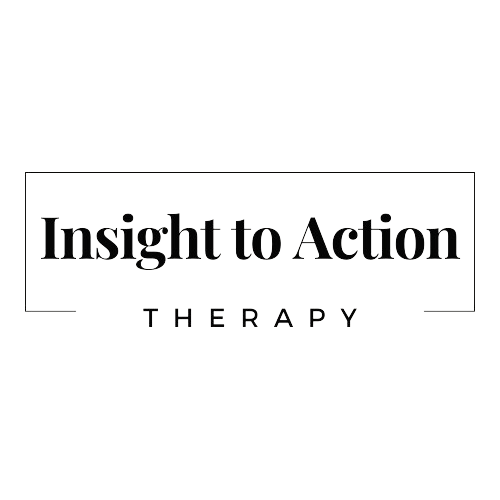How to get the most out of your therapy session
If you’re starting therapy, you probably want to feel better, and want to see changes as quickly as possible. To do that, it helps if you are prepared for your therapy session and know what you can do to make the most of the time. There are a few straightforward things that you can do to get the most benefit from your therapy session.
If your appointment is in-person or via telehealth, these are my recommendations:
Come prepared to your session by having a couple of topics that you would like to discuss. In most kinds of therapy, you can talk about whatever you’d like. You might discuss what happened in your week, or something that you’ve been thinking about, or a problem that came up.
Take notes throughout the week to help you reflect. Many of my clients take notes in their phone about what happened since they last saw me, such as times that their anger got the best of them, or something that triggered their anxiety or depression. This helps you bring an accurate reflection of your week to your therapy session.
Have a notebook handy to jot down any key takeaways or realizations. It doesn’t matter if you re-read them - the mere act of writing down your takeaways or aha moments can help solidify them in your mind.
Leave 15 minutes in your schedule or calendar after your therapy session for transition time. This might help you stay focused for the entire time by knowing that you don’t have to rush to something else. It also might allow you time to rest if you discuss difficult or painful topics.
Arrive a few minutes early so that you can arrive feeling calm, rather than rushed.
Dress comfortably! I love it when my clients get cozy on my couch and make themselves feel at home. Your therapy hour is your time to take good care of yourself, and that can include being comfy.
If your appointment is via telehealth, these tips might help:
Use the biggest screen you have available: For example, use a laptop instead of a cell phone. This helps minimize distractions and allows you to see more of your therapist’s body language.
Turn your devices’ notifications off so that you minimize potential distractions.
If you’re using Zoom, like I do with my clients, hide your view of your own video. It is so easy to focus on your own face, and to lose focus on the therapy session. In Zoom on a laptop, you’ll click the “More” button at the top right of your screen and choose the option “Hide Self View.”
Privacy is key! This can be difficult if you have roommates, a significant other, or kids. Sometimes my clients talk to me from their car! If you feel that you have to censor what you’re saying because someone might overhear, you won’t have as good of a therapy session. Talk to your therapist about other strategies if you’re struggling to find privacy.

